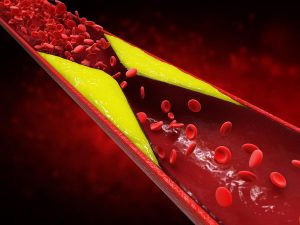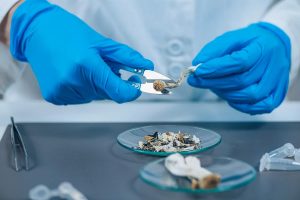Bad breath: No one wants it, but its origins have long remained unclear.
Now, Japanese researchers have gotten a bit closer to understanding how bad breath begins, and perhaps ways to treat it.
The roots of the malady involve chemicals, including one called methyl mercaptan, that are produced by bacteria in the mouth. These bacteria aid in digestion, explained a team led by Takeshi Hara, of Osaka University.
Methyl mercaptan is also known as CH3SH, and in the new study Hara’s group created a “realistic environment in which to investigate CH3SH production by major oral bacteria.”
That meant building a complex “co-culture system” in the lab that tracked interactions between various bacterial species populating the human mouth.
“The results were very intriguing,” said senior study author Masae Kuboniwa. “We found that [the bacterial species] Fusobacterium nucleatum produces large quantities of CH3SH in response to Streptococcus gordonii, another oral bacterium.”
Specifically, S. gordonii emits a chemical called ornithine that triggers F. nucleatum to engage in a chemical process leading to increased production of odor-producing CH3SH.
“These findings suggest that CH3SH production in the mouth is driven by the interaction between S. gordonii and F. nucleatum,” Hara said in a university news release.
It’s still early days for this research, but the investigators hope their work might lead to good treatments for bad breath.
And since it’s already well known that gum disease is a risk factor for the problem, it’s also possible that it might help prevent or treat that illness, they said.
The study was published recently in the online journal mSystems.
More information
Find out more about bad breath at the American Dental Association.
SOURCE: University of Osaka, news release, Feb. 15, 2024
Source: HealthDay
Copyright © 2025 HealthDay. All rights reserved.

















